Cuba, Havana specifically, is a photographer’s dream. The colorful old cars, the once demure but now crumbling architecture and the friendly people, who as I learned firsthand are hams for the camera. For years I saw photos online from journalists and immediately added it to my bucket list. Only one problem, a little thing called el bloqueo or The Blockage in English; more commonly known as the US/Cuban Embargo. This Embargo, which started in 1960, has changed forms many times through the years, but mainly imposes sanctions on Cuba for all commercial, economic and financial exports, in an effort to force them to convert to a democratic system and provide better human rights for their citizens. It is of course much more complex than that, but you get the idea.
Up until the last couple of years, these sanctions also meant Americans could not travel to Cuba, but I wasn’t giving up on the dream. Enter December 2014, when Barack Obama and Raul Castro met and began a six-month long negotiation, which culminated with an agreement to ease travel bans and the establishment of an American Embassy in Havana, Cuba.
When word spread in early 2016, that President Obama was going to be travelling to Cuba and airlines were going to open limited routes to the island country, I immediately texted my professor from college, whom I travelled with on the London/Paris trips, and was also my photography professor, a very simple “Cuba??” and got a quick response of “I’m in!”, and the whirlwind of travel plans began.
Having already used my allotted vacation days at work for 2016, we knew we would have to wait until 2017 to go. With 2016 being a Presidential election year, and a new yet to be determined administration coming in, it was no coincidence that we rushed to get in and get out the first week of the new year, before the presidency switched hands and the rules possibly changed.
Being right on the cusp of regulated American travel to Cuba (aka not traveling in under the radar via entry from another country, such as Mexico or Canada first), there were a lot more details that needed to be worked out compared to our usual international trips. Little to no information existed on how to go about obtaining a Visa or how to physically get to Cuba.
Like travel to any other country, you need a valid passport. We both travel internationally enough to not be an issue. Unlike my usual trips to Europe however, Cuba requires American Citizens to have a Visa, also known as a Cuban Tourist Card. This card is valid for one entry up to 180 days from the date of purchase but is only valid for a maximum 30 day visit once you have entered Cuba. In order to board your flight to Cuba, you need this Visa already in hand and must show proof of either a return flight or a flight continuing on to another country. Seems simple enough, right? It’s not, or at least it wasn’t at the time we started planning.
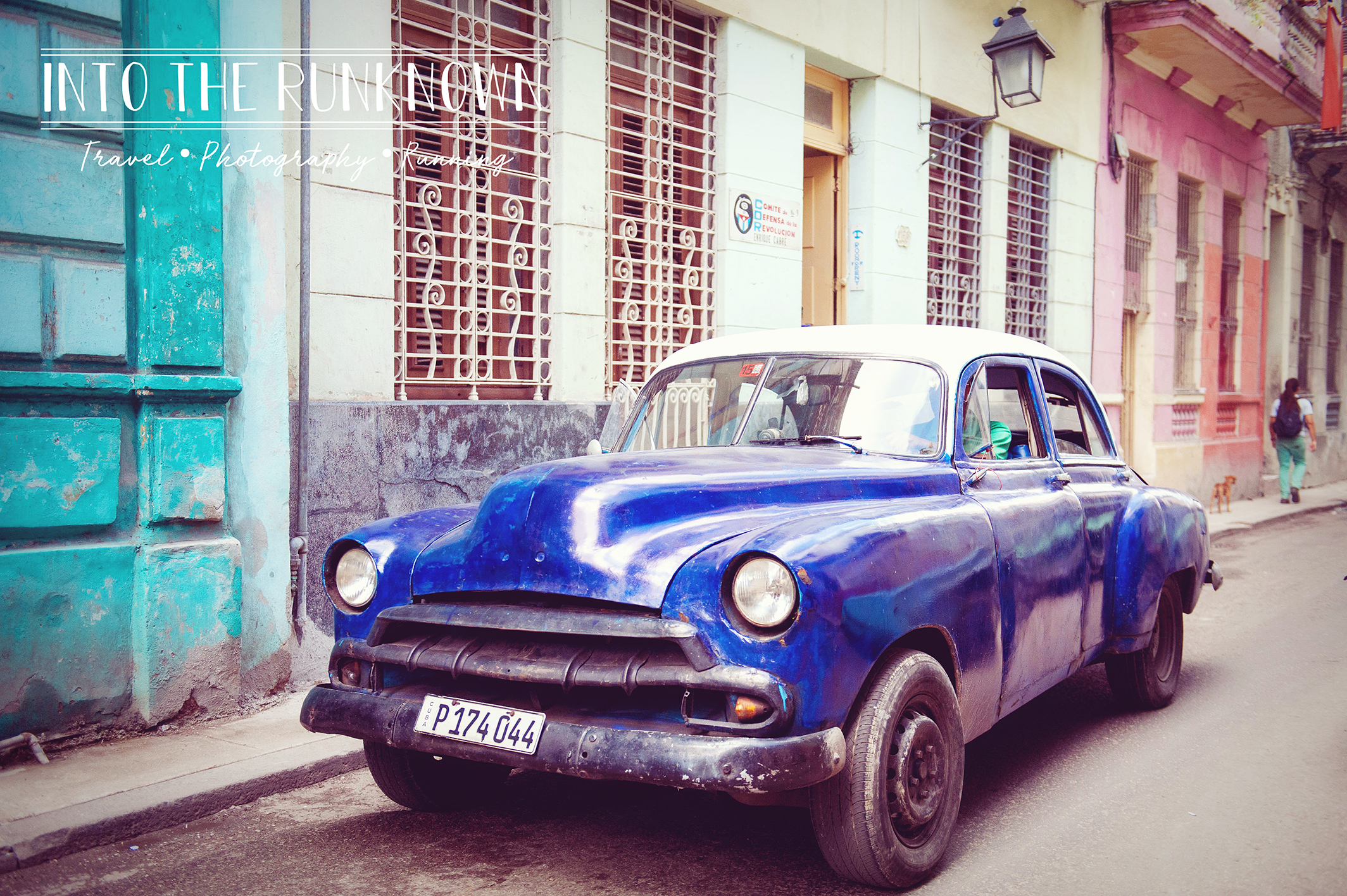
First, your reason for travel to be granted the Visa needs to fall into one of twelve general categories for you to qualify, and to no surprise tourism is not one of them. You can however be granted access for educational purposes, professional research, public performances or athletic events, religious, humanitarian and journalistic activities, visiting family and a handful of other economic related reasons. My professor managed to apply for and receive grant money from the University to photograph and document the architecture in Havana. These photos would then be archived for shared use with other Universities within the state educational system.
My friend from high school, who decided to tag along, and I decided that since we were travelling with a professor, education would be the safest route to take incase anyone questioned our intentions. While the trip was undoubtedly an educational experience, it was admittedly a biiiit of a stretch as far as having the required full day schedule of official educational events they require for use of that visa and yes, US Customs 100% called me out on this on our return into the United States. Oops!
The only way to get a Visa at the time was either travel to the Cuban Embassy in Washington, DC, with your passport and previously mentioned confirmation of a booked return flight, during normal Monday-Friday business hours, and cross your fingers they decided to open that day. Rumor mill online is that despite being in America, the Embassy still runs on Island Time. Living outside Philadelphia, D.C. isn’t a super long drive however, to take a day off from work and drive down there with no guarantee they would even be open was not ideal. Option two was to mail your valid passport and paperwork to the same Embassy (still running on Island Time) and cross your fingers it delivered, didn’t get lost and didn’t take months to return to you.
The thought of sending off my precious, well stamped, well-traveled Passport to a fairly new Embassy with no real contact info or sign of set hours was terrifying. It also didn’t sit well with us to pay for flights to a country we may be denied entry into, so we put this task aside and moved on to other details, such as that required round trip flight.
In the early stages of planning, there were three ways to travel to Cuba from the United States, none of which were easy.
The first was to go in under the radar and travel to another country first, then catch a connecting flight into one of the handful of airports in Cuba from there. Our best options to not waste a ton of time were flights into Mexico City then to Cuba or flights from Florida into the Bahamas then to Cuba. Neither option was ideal, as both left you stranded in an airport for a full day waiting for your connecting flight.
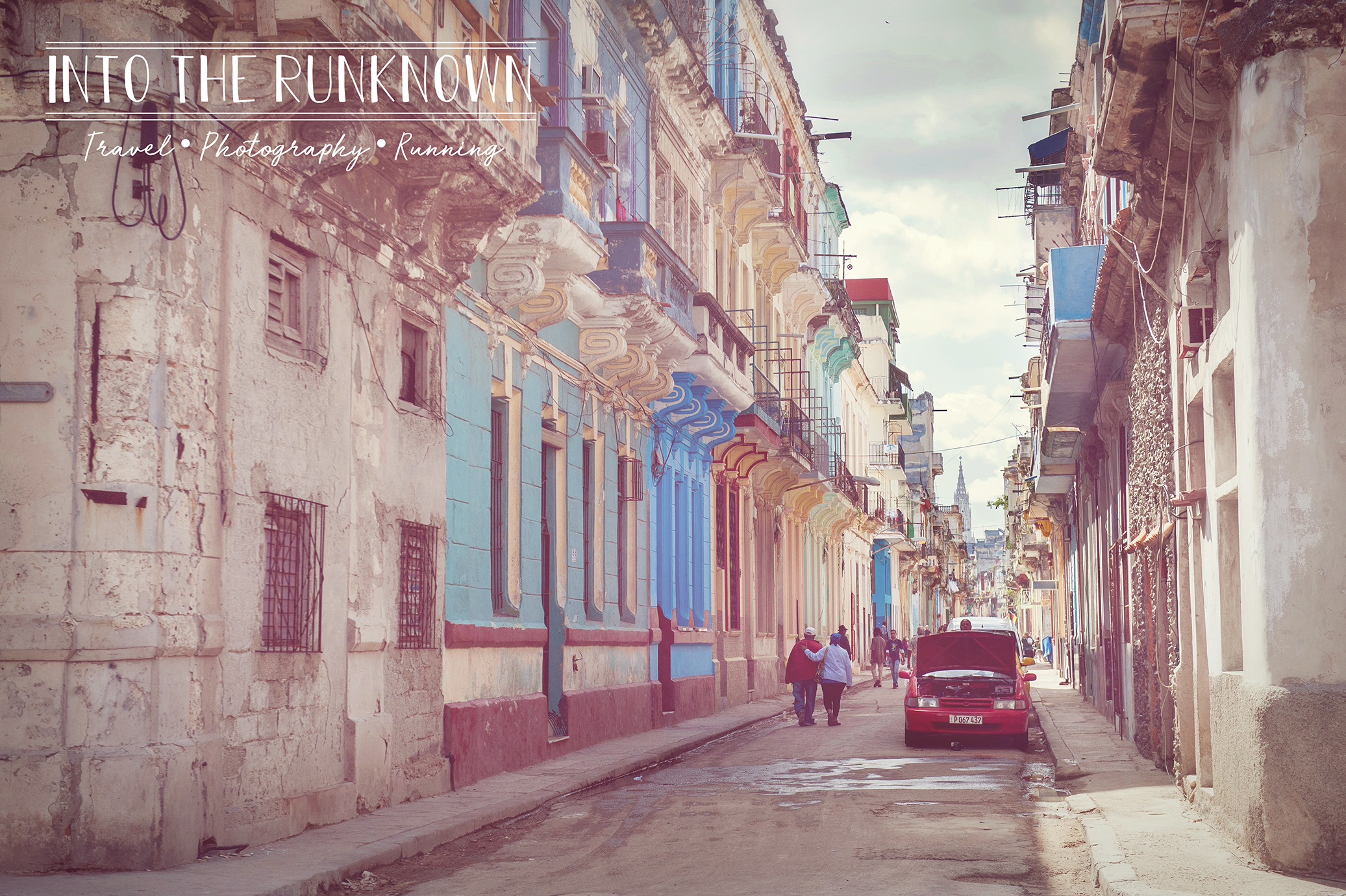
The second was via a lengthy ferry ride from Miami, Florida, which we were actually starting to consider at one point due to the low cost.
The third was via very expensive, privately chartered flights out of south Florida, on airlines we had never heard of, or some that didn’t appear to exist anymore. Now I am a fairly seasoned traveler compared to most, but the chances of me getting on a private plane from some unknown airline is slim to none.
Thankfully for my sake I didn’t have to. In August 2016, JetBlue operated the first commercial flight since 1961 from the United States landing in Santa Clara, Cuba. American Airlines was quickly on its heels, operating the first commercial flight into Havana, the countries capital city. Not only was this a much safer form of travel then the ferry or private charter options, it was significantly cheaper. The real selling point though was that both airlines allowed you to purchase the required travel Visa, at a kiosk in the airport terminal in Florida between your connecting flights. This 100% eliminated the need to deal with the Cuban Embassy in Washington D.C., making for a much less stressful experience.
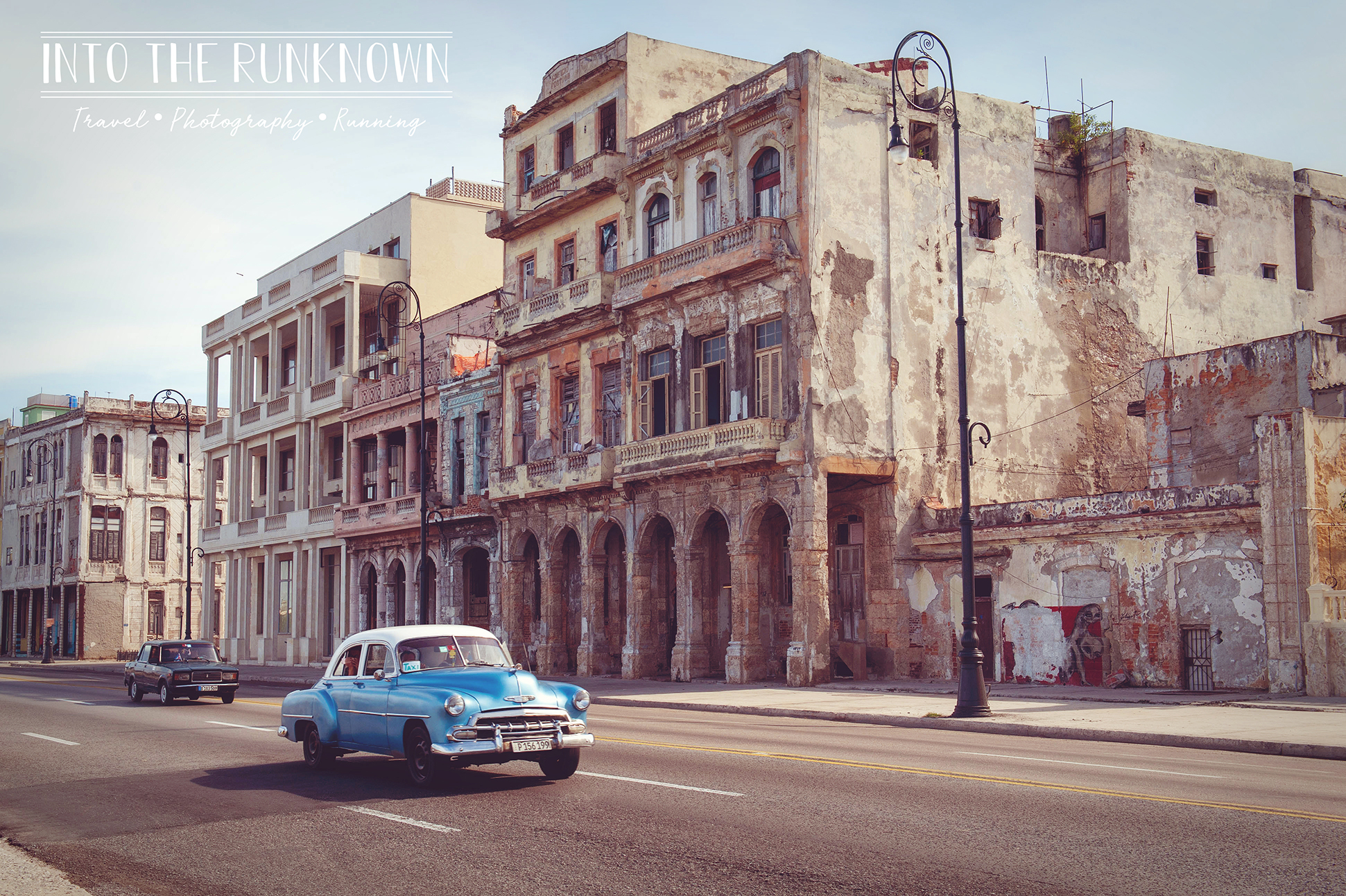
We did a fair amount of research between JetBlue, Delta and American Airlines, and in the end booked with JetBlue for $370.00 round trip from Philadelphia to Havana, Cuba, with a short layover in Fort Lauderdale, FL. The costs were comparable, but JetBlue seemed to be much more on the ball with acquiring the Visa right there at the gate, whereas American Airlines and Delta required use of a third-party service, which meant leaving the gate area and tracking down this location down between flights.
JetBlue also seemed to have departure and arrival times that better suited our needs, so it became an easy choice, and they did not disappoint! The communication from them after booking our trip was outstanding! We were sent an email with all of the essential information of exactly what we needed paperwork wise and where to obtain it. They sent us the link to fill out the affidavit declaring our reason for going, which again was required in order to board the flight. They even sent information for the required $25 Cuban Health Insurance, which they thoughtfully included in the cost of our flight, leaving one less thing for us to take care of on our own. I couldn’t have been more pleased with how this worked out compared to what we originally thought we would have to go through to get there.
Now that we had flights booked, we needed a place to stay. Having had zero commercial exchanges with the United States in over fifty years, we were fairly certain we weren’t going to be staying at a Marriott or Best Western. In fact, Havana as it turns out only has a couple of what you would call large hotels, which are not cheap and not as fancy as you would expect based on the TripAdvisor reviews. After all, they are reliant on the same economy as the rest of the country. While staying at the larger hotels wasn’t exactly frowned upon, it became clear that booking a Casa Particular was the largely suggested way to go. These Casa’s are full homes/apartments or sometimes just rooms in someone’s home that you rent from Cuban families and can book on popular sites such as airbnb. You are getting a more realistic local experience and you are (ideally) helping directly support a Cuban family.
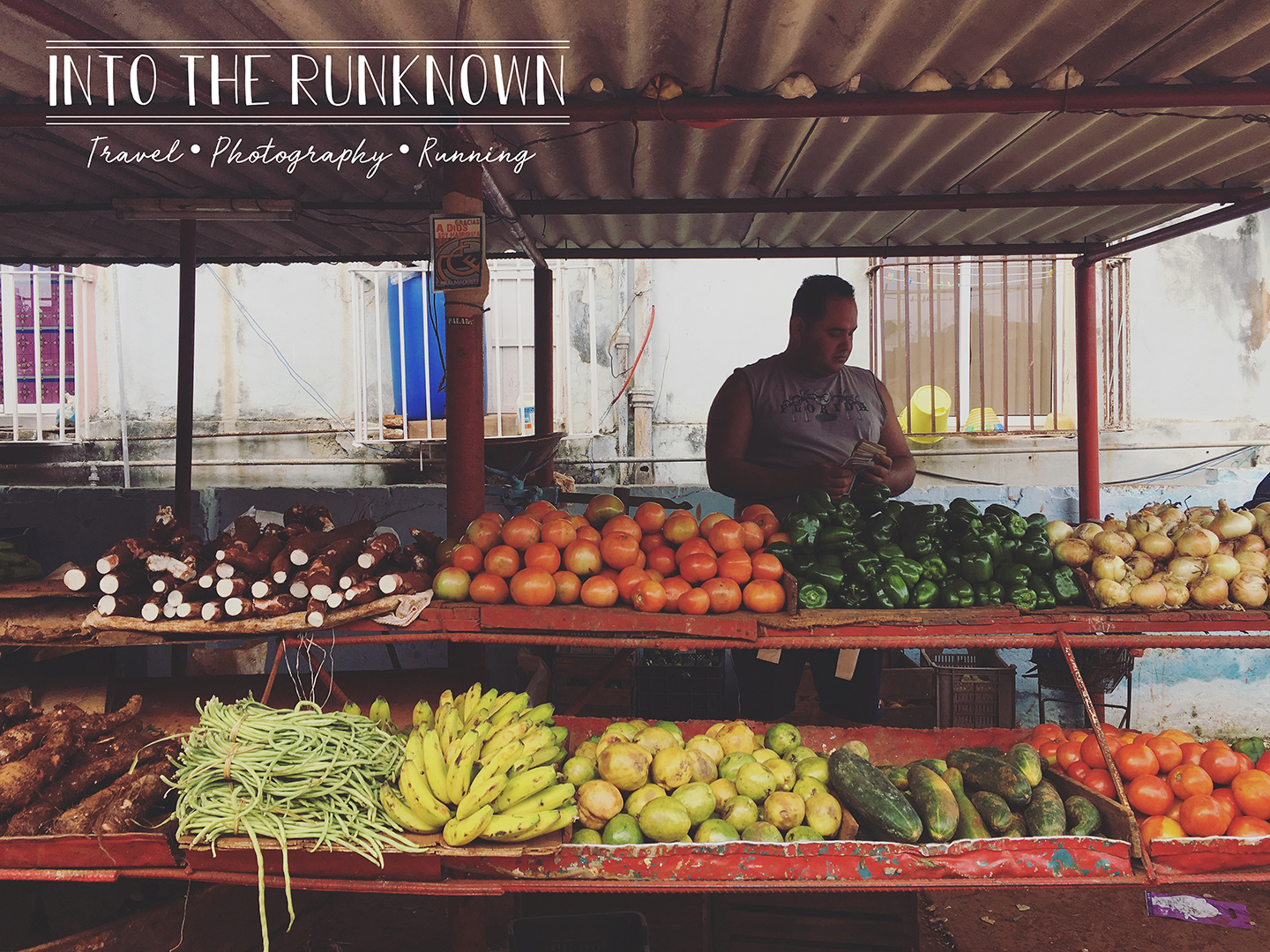
For a country who only has government run internet with no internet access in their homes until 2017, and no mobile internet until December of 2018, there were surprisingly on the ball when it comes to rental listings on airbnb! We spent a week or so searching out rentals trying to find one with three bedrooms and at least two bathrooms, with some common space and in a good location so we could get around on foot. The first place we attempted to book, and I say attempted because if you aren’t familiar with airbnb, the owner must accept your request to rent, then can cancel at any time they please. Seriously, any…time. It was a really neat apartment on the top floor of a building along the famous Malecon (the road that runs along the sea on the north side of Havana). It even came with a sizable rooftop balcony overlooking the water with a couch and table. But alas, the owner cancelled on us a few days after originally agreeing.
Thankfully we found another apartment we all liked in a neighborhood called Vedado to the west of Old Havana. The details on the listing were a bit confusing as it was being translated from Spanish, like all listings for Cuba are. It had some photos, but not of the entire apartment, and mentioned 2 bedrooms and 2 bathrooms, but then also mentioned part of the apartment being closed off or able to be rented out by another group at the same time. It was all very confusing, but we decided to take a chance and were able to book and stay there for our trip.
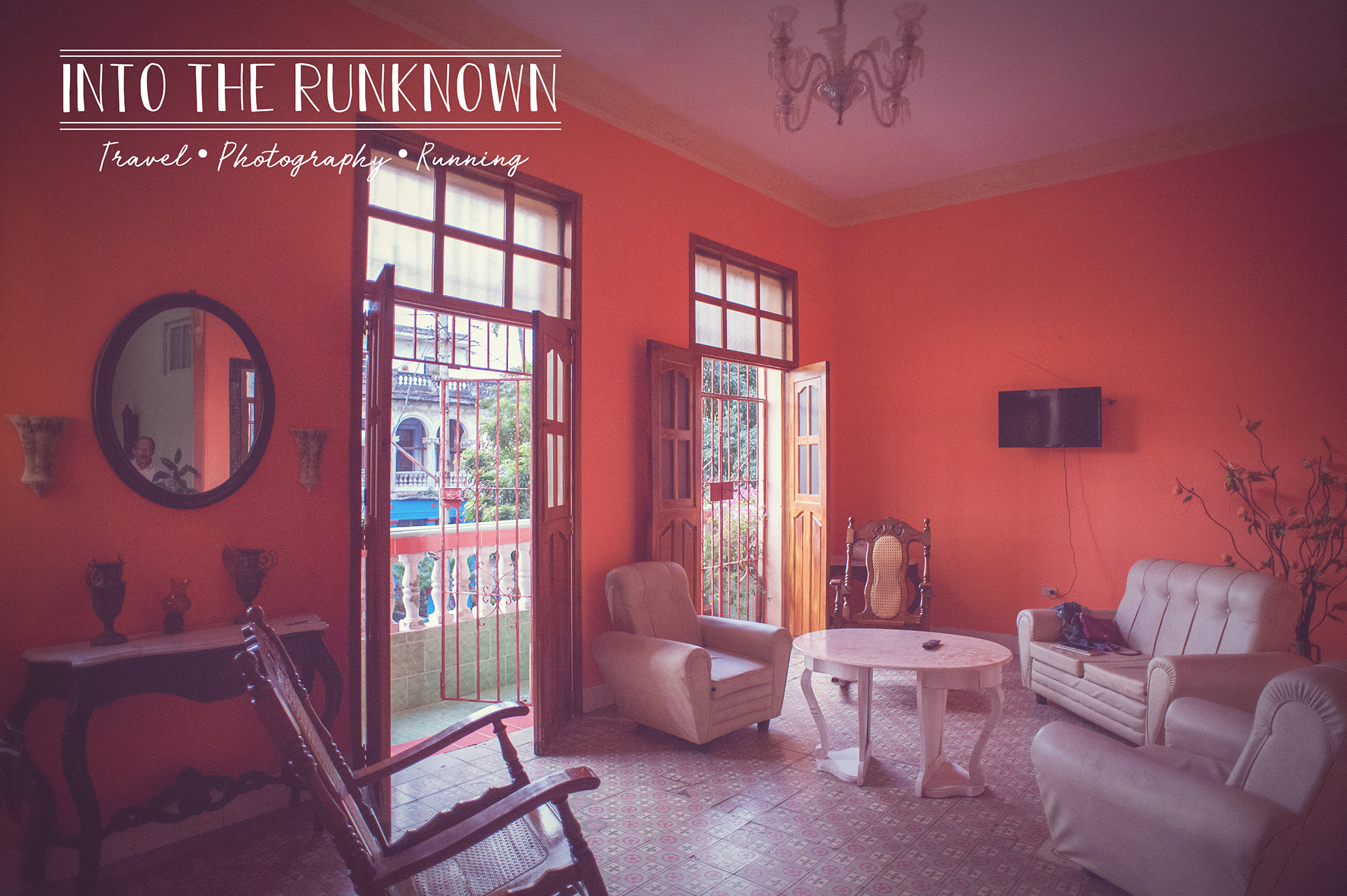
In the span of maybe a month at most, we had flights booked, knew how to secure our Visas and booked a Casa to stay in. As experienced travelers it was what I will call organized chaos. I don’t necessarily recommend moving that quickly, especially if you are new to travelling. We were determined to make this trip happen though, and make it happen we did!
Stay tuned for our week long adventure!
Authors Note: This is information is based on my personal experience in 2016/2017. The rules around travel to Cuba from the United States are constantly changing. If you are planning to go to Cuba, please check the official US Department of State website for the most up to date requirements and travel advisories. A link to information for travel to Cuba is below.
Requirements for Entry into Cuba from the United States
To check out my packing tips for this trip click HERE!
